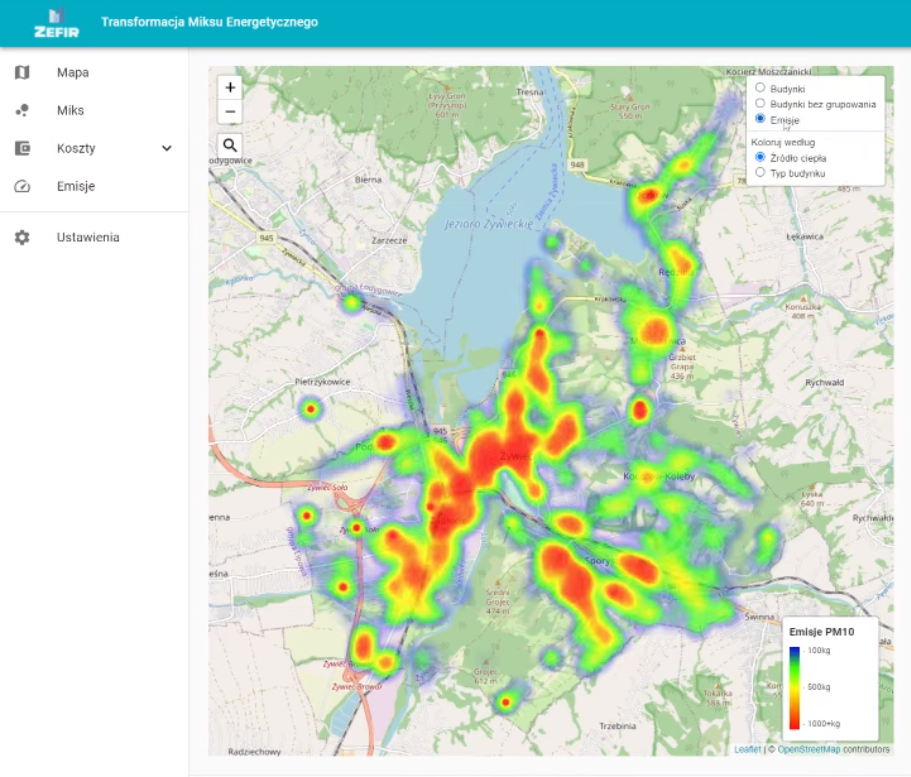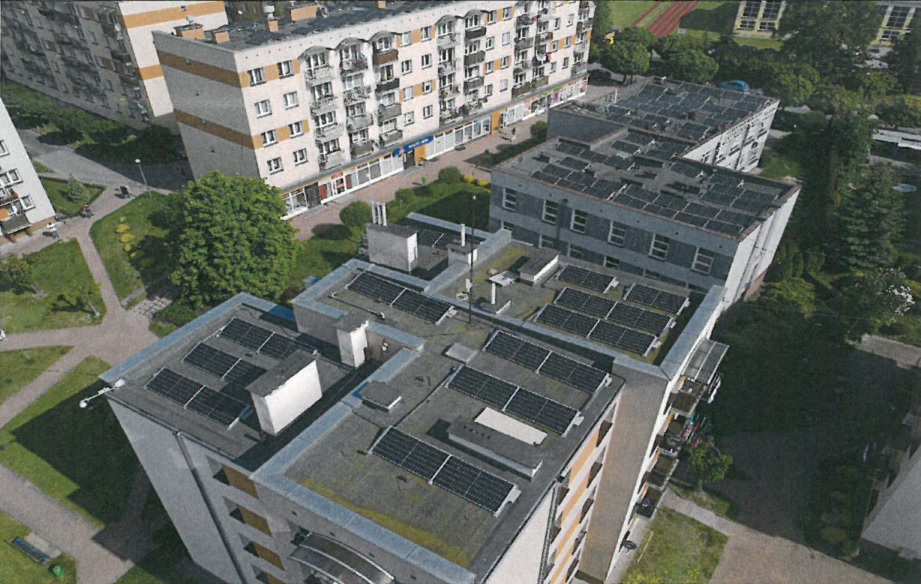
Notification of the public defense of the doctoral dissertation of M.Sc. Piotr Kalaczyński
sala 207, ul. Pasteura 7, 02-093 Warszawa
29 Jan, 2024, 13:00
Dnia 29 stycznia 2024 r. o godz. 13:00 w sali 207, ul. Pasteura 7 w Warszawie
odbędzie się publiczna obrona pracy doktorskiej
mgr Piotra Kalaczyńskiego.
”The Measurement and Modelling of Cosmic Ray Muons at KM3NeT Detectors”

09
Jan
2024
Assistant professor (postdoc) | BP2 (DBP)
Termin zbierania ofert: 20-02-2024
The National Centre for Nuclear Research (NCBJ) and the Joint Research Centre of the European Commission (JRC) are inviting applications in the field of "Non-power nuclear and radiological technologies" for a Ph.D. position through the Collaborative Doctoral Partnerships (CDP) scheme (Agreement n. 36149).

NOMRad - NOMATEN International Radiopharmaceutical Conference
Warszawa
25 Jun, 2024 - 27 Jun, 2024
NOMATEN Centre of Excellence located at the National Centre for Nuclear Research (NCBJ) invites you to save the date & make plans to join us for the International Radiopharmaceutical Conference NOMRad which will be held June 25 - 27, 2024 at the Novotel hotel located in the city center of Warsaw.

Plasma Materials Interactions & Diagnostics Symposium
NCBJ
21 May, 2024 - 23 May, 2024
NOMATEN hosts a Workshop on Plasma Materials Interactions & Diagnostics from May 21-23, 2024. This hybrid event offers in-person / virtual participation options, aiming to bridge scientific collaborations between Poland & the EU.

Short presentation of the PRISMAP project
03-01-2024
Short presentation of the PRISMAP project

Optimal mix in the „Energy Transformation Observatory” project
28-12-2023
Carrying out an effective energy transformation requires, among others: comprehensive monitoring of the progress of its implementation, which must be based on current and reliable data analyses. Such activities will be carried out at NCBJ as part of the „Energy Transformation Observatory” project that is just starting.

Article about FLASH appreciated by SEP
28-12-2023
Promising results of the first studies and tests of radiotherapy using ultra-high FLASH dose rates mean that interest in this technique is constantly growing. Research in this field is appreciated, as confirmed by the award received recently for an article on FLASH therapy by scientists from the NCBJ Nuclear Equipment Department.

The government adopted a resolution on the project to modernize the MARIA nuclear research reactor
28-12-2023
On Tuesday, June 20, a resolution was adopted on a multi-year program called "Program for the modernization of the MARIA nuclear research reactor". The cost of the project will be approximately PLN 91.7 million and will allow the reactor to be operated after 2027. Thanks to the reactor, Poland is at the forefront of the global radiopharmaceutical sector, covering the vast majority of the needs of nuclear medicine in Poland, as well as exporting its products around the world. Radioisotopes produced in the reactor provide Poles with access to cancer imaging and treatment at prices lower than foreign alternatives.

The first collective prosumer in Poland is already operational!
28-12-2023
In recent years, the popularity of individual energy production using renewable energy sources has been growing rapidly. At the beginning of July this year, the first collective prosumer in Poland began operating. This was made possible by cooperation in which the Interdisciplinary Department of Energy Analysis (IDEA), which is part of the National Centre for Nuclear Research, participated.




